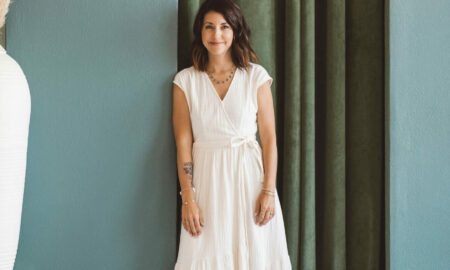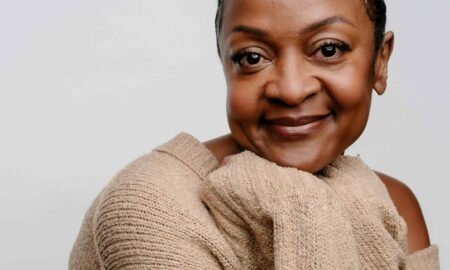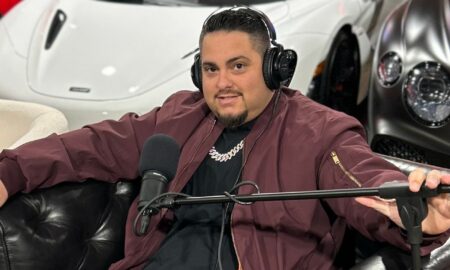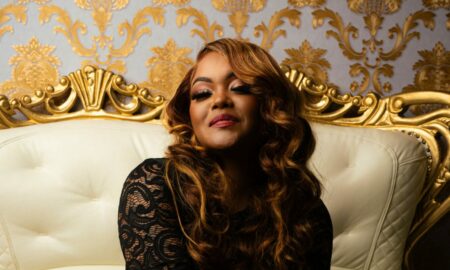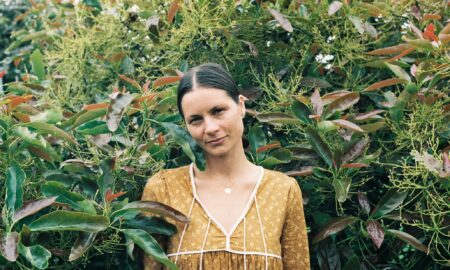

Today we’d like to introduce you to Peter Choi.
Peter, please share your story with us. How did you get to where you are today?
As a four-year-old, I remember we had this small, white side table in our living room. There was a drawer on the front where my mom would store scrap paper, scissors, glue, crayons, and other materials. At that age, I’m sure there were probably a lot of other “cool” things I could have chosen to be excited about, like my Power Rangers gun-axe or the skateboard I got for Christmas. But curiosity is innate. Children generally don’t need anyone to teach them how to spend their time — they naturally gravitate towards the things that captivate their interest despite cultural norms. So instead, I always found myself sitting next to this drawer, drawing or making something. For some reason, this is what excited me…
I recall I had this restless, obsessive need to just create stuff all the time; to figure out how and why things worked the way they did and to experiment over and over to bring all these ideas floating around in my mind out into existence. I was like this little self-employed mad scientist kid. Nothing else mattered to me. And I think this kind of mindset and curiosity really stuck with me throughout the rest of my life. To this day, I still get stupid excited thinking back to that white side table. I think there’s something very profound about knowing what sorts of things make us come alive as children — it says a lot about what drives us, even as adults. This is where everything started for me.
Although I had many creative interests early on, over time I developed this misconception that careers had to be completely practical and serious. In my mind, there was a right career and a wrong career. And because of this, I chose to go to business school for undergrad where I studied marketing. Most of it was way too structured and businessy for me, and it really messed with my sense of self-worth. Yet, I still went through with it because I had assumed it was the “right” thing to do.
But as I mentioned earlier, innate curiosities are powerful. And when these curiosities come in contact with the right kind of work, there will undoubtedly be seismic movement. After graduating, doing a few marketing internships, and not really getting it, I took a year off and spent time learning graphic design at a local community college. It was a big risk for me. But it turned out to be the right risk, as this was also the year where a lot of things finally began to move forward. Unlike most subjects I had studied, graphic design made sense to me intuitively. I found the nature of work felt similar to the work I did as a child sitting beside that drawer; there was this obsessive need to spend all day designing, researching, experimenting…I loved it and never got tired of it.
That same year, I built a portfolio and got hired to design apparel graphics. Who knew I could get paid a decent salary to design things? That was mind-blowing to me. After that, I began working for an in-house creative team, focusing more on advertisement. As much as I hated my experience in business school, I quickly learned that it was what provided solid foundations for a lot of the creative work I was doing. If anything, it gave me a huge advantage. This was when I started to develop an even deeper interest towards brand strategy and creative direction. Sometimes people are so fixated on the act of creating something physical, that they often forget that great ideation always precedes great design. It doesn’t work the other way around. Ideation is the foundation of creation. And when designers, businessmen, companies, and humans understand this, it drastically enhances the effectiveness and quality of the work they produce.
Ironically, it’s these very realizations and experiences that led me to come back to business school for an MBA in marketing and brand strategy. It’s crazy to think that I could voluntarily choose to return to the same place that had brought me so much difficulty in the past. But this is where I am today. And though the classes still feel way too structured for me…I know myself a little better than I did before, and this has made all the difference. I’ve got a bigger vision coming into it this time around. I now know that equipping myself early on will allow greater opportunities in the future to create even more amazing things….and I have to say, that’s something super exciting to look forward to.
Overall, has it been relatively smooth? If not, what were some of the struggles along the way?
It definitely hasn’t been easy. Figuring out your place in the world is an ongoing battle. As humans, we’re always changing — and so is our environment. We might have figured it out a few years ago, but it’s likely not relevant anymore. Sometimes, we struggle to let go of the things we fought so hard for, even though we may have outgrown them and probably need to move on. Sometimes we refuse to enter an open door just because it presents itself too easily, and we’d rather earn our place than accept it. It’s a lot of trial and error. In other words, it takes lots and lots of failure. Churchill once said, “success consists of going from failure to failure without loss of enthusiasm.” And I’d say that’s probably one of the biggest struggles to overcome — the part about not losing enthusiasm amidst the constantly shifting uncertainty and chaos.
As dramatic as it sounds, I think another big struggle I had is figuring out how to navigate being an idealist in a practical world. I assume a lot of creatives have this same struggle. Despite society’s praise of creative influencers in media, this world, unfortunately, leans in favor of those who are pragmatic…and so, there’s often a lot of guilt and bitterness for those who struggle to live up to such practical standards. It’s important to develop a healthy acceptance of the self while also striving for a balance of the two. Finding balance is so hard. So is finding good people who will accept you fully for who you are.
We’d love to hear more about your work and what you are currently focused on. What else should we know?
I’m a graphic designer who specializes in creative direction and brand strategy. I think there’s a big misconception that good design is simply about making things look aesthetically pleasing. Don’t believe it — that’s elementary thinking. What many people fail to realize is that everything physical is always a suggestion of an idea; every color, typeface, shape, word, texture, sound, fabric, scent, medium is attached to a very specific human association. In short, everything is saying something whether you’re aware of it or not.
That’s why good design decisions aren’t based solely on aesthetic personal preferences — they’re made from evidence-based research combined with a clear intention to communicate a specific idea. When all these various elements are carefully curated and put together with a unifying goal in mind, the resulting design not only looks good and cohesive but also resonates deeply with an audience. It’s a science.
This is the kind of work I do. Whether I’m developing a logo and brand identity for a company or creatively directing an ad campaign for a product launch, my primary goal is to make sure there is a strong and consistent message being communicated through the design. Doing this requires a ton of research, referencing, studying, and experimenting. But when done properly, there’s no greater feeling than seeing everything finally come together as a consistent, polished unit. It’s kind of like seeing a fully developed baby finally leaving the womb and being born into the world after months of gestation. Completely nerdy — I know.
Having both a background in marketing and graphic design has allowed me the ability to approach design work from both a practical and creative standpoint. Kahlil Gibran makes an analogy in The Prophet, a sailboat needs both a rudder and sail to accomplish its purpose. A sail provides intense passion and energy to move forth. But without practical direction from the rudder, the ship won’t reach its desired destination; it will move fast and far, but will eventually get lost or crash. On the other hand, the rudder is what is able to steer the boat in the right direction. But without a sail to catch the wind, the boat won’t be able to move very far. I find creative projects work the same way.
The most current project I worked on is called Lowercase Studies. I had this idea to create an experiential case study publication. The goal was to thoroughly research a topic and to present a case study through a packaged experience using various mediums. I worked on this with my buddy Christian, and the whole process took close to a year. Although the project had to be dropped during its final stages of production due to some unforeseen circumstances, the amount of attention that went into the smallest details of the project still makes me smile.
You can read the full case study at: http://petercchoi.com/
If you had to go back in time and start over, would you have done anything differently?
I would have spent less time worrying about what people thought of me. It’s poison. It’s useless and soul depleting. It’s one of the things I hate the most in life. It really robs you of truly discovering what makes you happy. I wish I had figured that out earlier in life.
Contact Info:
- Website: http://petercchoi.com/
- Email: [email protected]
- Instagram: https://www.instagram.com/petercchoi/








Image Credit:
Christian Perez, Joshua Doss
Suggest a story: VoyageLA is built on recommendations from the community; it’s how we uncover hidden gems, so if you or someone you know deserves recognition please let us know here.















